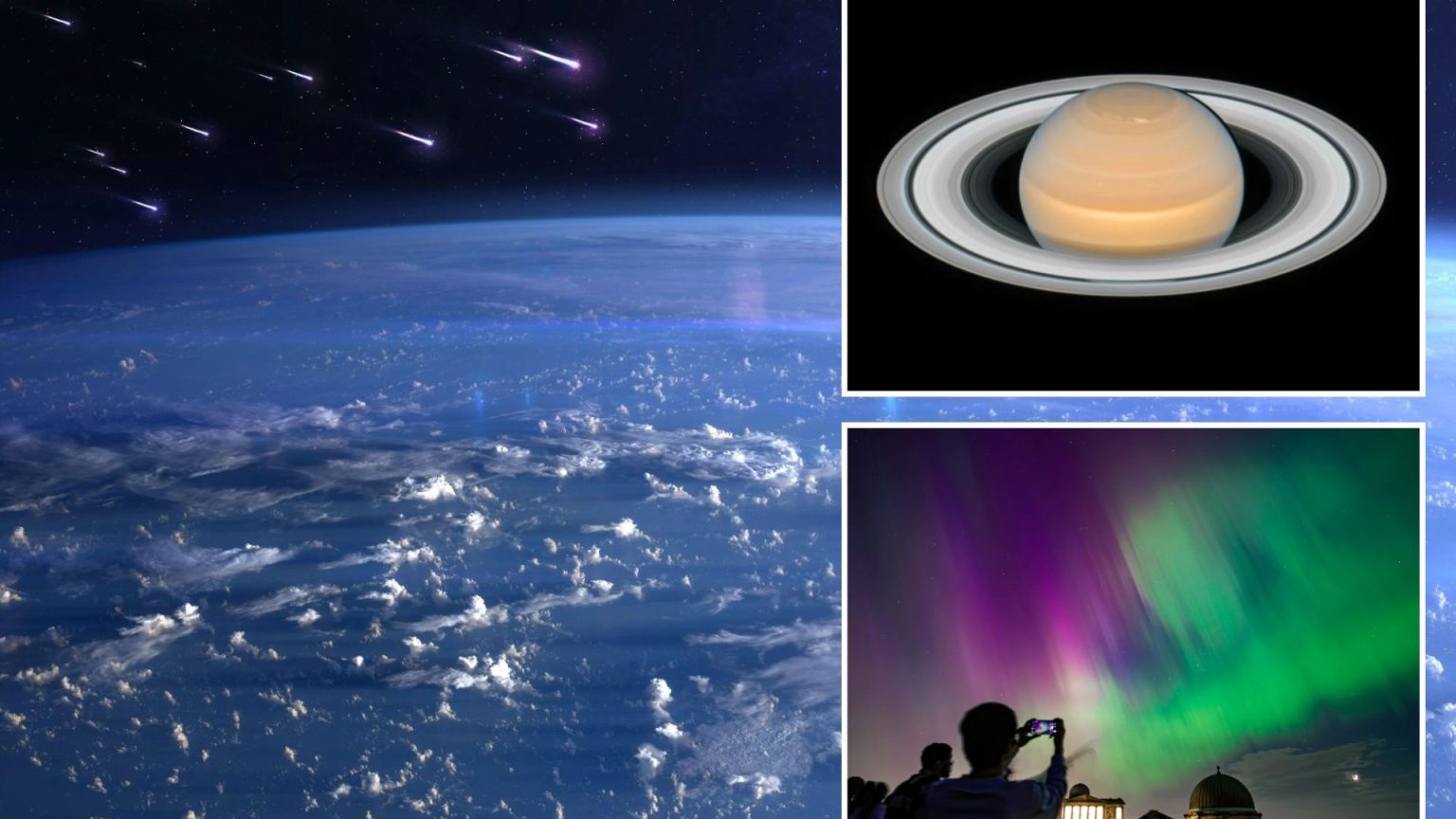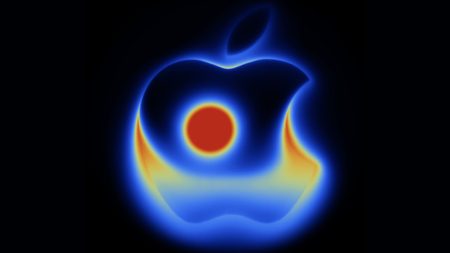The year 2025 promises a celestial feast for skywatchers, brimming with a diverse array of astronomical phenomena. From meteor showers to planetary alignments and supermoons, the cosmos is set to unveil a series of breathtaking spectacles that will captivate both seasoned astronomers and casual observers alike.
The year kicks off with the dazzling Quadrantid meteor shower, peaking on January 3rd. Known for its intensity, the Quadrantids can produce up to 120 shooting stars per hour at its peak, including some exceptionally bright fireballs. Favorable viewing conditions are anticipated this year, with the moon below the horizon, minimizing interference with the meteor shower’s brilliance. The Quadrantids herald a year of meteor marvels, paving the way for other prominent showers like the Lyrids, Perseids, Draconids, Orionids, and Geminids, which will grace the night sky throughout the year.
February brings a rare planetary parade, a celestial alignment of all seven planets visible from Earth – Mercury, Venus, Mars, Jupiter, Saturn, Uranus, and Neptune. While not literally lined up in space, these planets will appear strung across the horizon on February 28th, offering a unique and captivating view of our solar system’s celestial ballet. This planetary alignment provides a glimpse of the diverse worlds that orbit our Sun, each with its own unique characteristics and mysteries.
March marks a curious disappearance – Saturn’s rings will seemingly vanish from view. This recurring phenomenon, occurring every 13 to 16 years, is due to Earth’s changing perspective as Saturn rotates on its axis. The rings, though still present, become edge-on from our vantage point, effectively disappearing from sight. While a temporary absence, it serves as a reminder of the dynamic interplay of celestial mechanics and our ever-shifting perspective within the cosmos. The rings are expected to reappear shortly after March, only to vanish again in November, continuing the cyclical pattern of visibility.
The year continues with the heightened intensity of the Aurora Borealis, commonly known as the Northern Lights. Following a trend from 2024, the Northern Lights are expected to reach further south than usual, potentially visible in regions not typically treated to this stunning display. This increased activity is attributed to the solar maximum, an 11-year cycle peak in solar activity. July 2025 is predicted to be a particularly intense period for the Northern Lights, offering a unique opportunity for those in lower latitudes to witness this mesmerizing auroral display.
Rounding out the year are three supermoons, a spectacle of lunar grandeur. Supermoons occur when a full moon coincides with the moon’s closest approach to Earth in its elliptical orbit, resulting in a larger and brighter appearance. October, November, and December will each host a supermoon, with November’s being the most dramatic. The November supermoon, known as the Beaver or Frost Moon, will be the closest to Earth since 2019, a mere 221,965 miles distant, presenting a truly spectacular lunar vista. These supermoons provide an opportunity to appreciate the moon’s subtle changes in appearance throughout the year, highlighting the dynamic nature of its orbit and its influence on Earth.
In summary, 2025 is poised to be a year of exceptional celestial events. From the vibrant streaks of the Quadrantid meteor shower to the rare alignment of all seven visible planets, the year offers a diverse range of astronomical wonders. The disappearing act of Saturn’s rings, the intensified display of the Northern Lights, and the trio of supermoons further enrich the celestial calendar. These events serve as a reminder of the dynamic and captivating nature of the universe, offering captivating spectacles for all who take the time to gaze skyward and appreciate the cosmic wonders unfolding above. Each event holds its own unique significance, whether it’s the fleeting brilliance of a meteor, the rare alignment of planetary neighbors, the vanishing act of a planetary ring system, the dancing lights of auroras, or the magnified splendor of a supermoon. These celestial events provide both a visual spectacle and a deeper understanding of the intricate workings of our solar system and the universe beyond.











